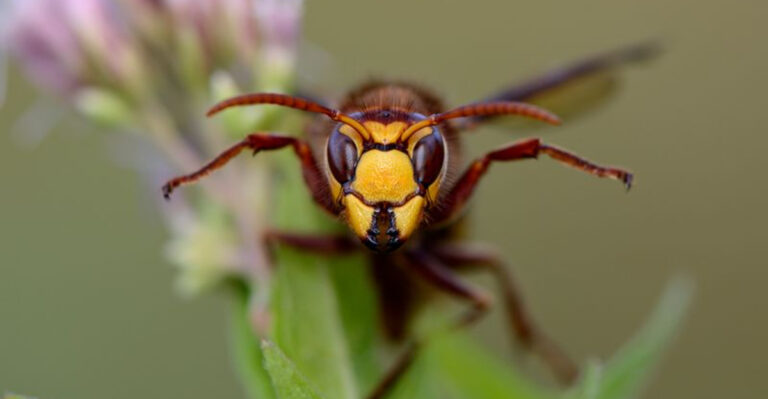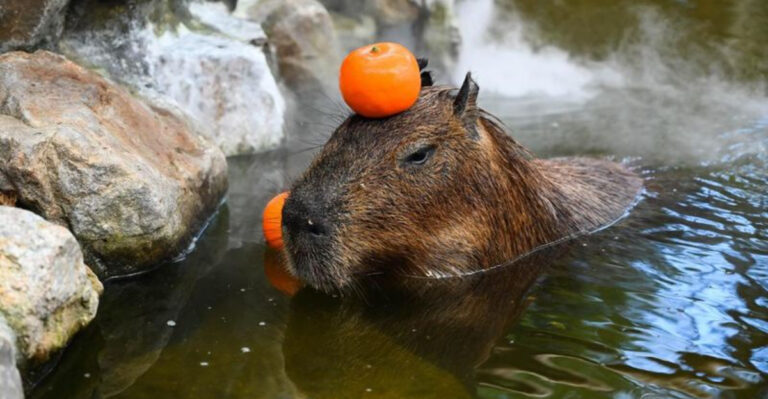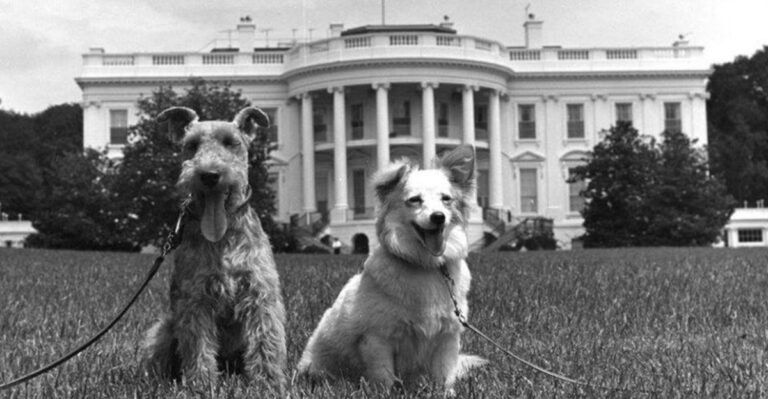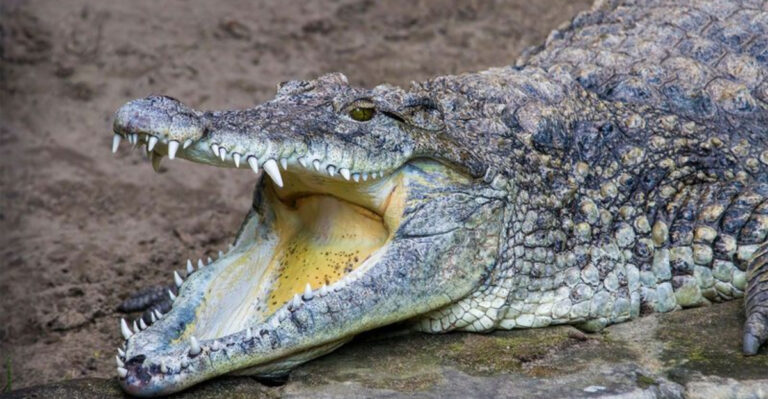Meet The Amur Leopard: 12 Astonishing Facts About The World’s Rarest Big Cat With Less Than 200 Left
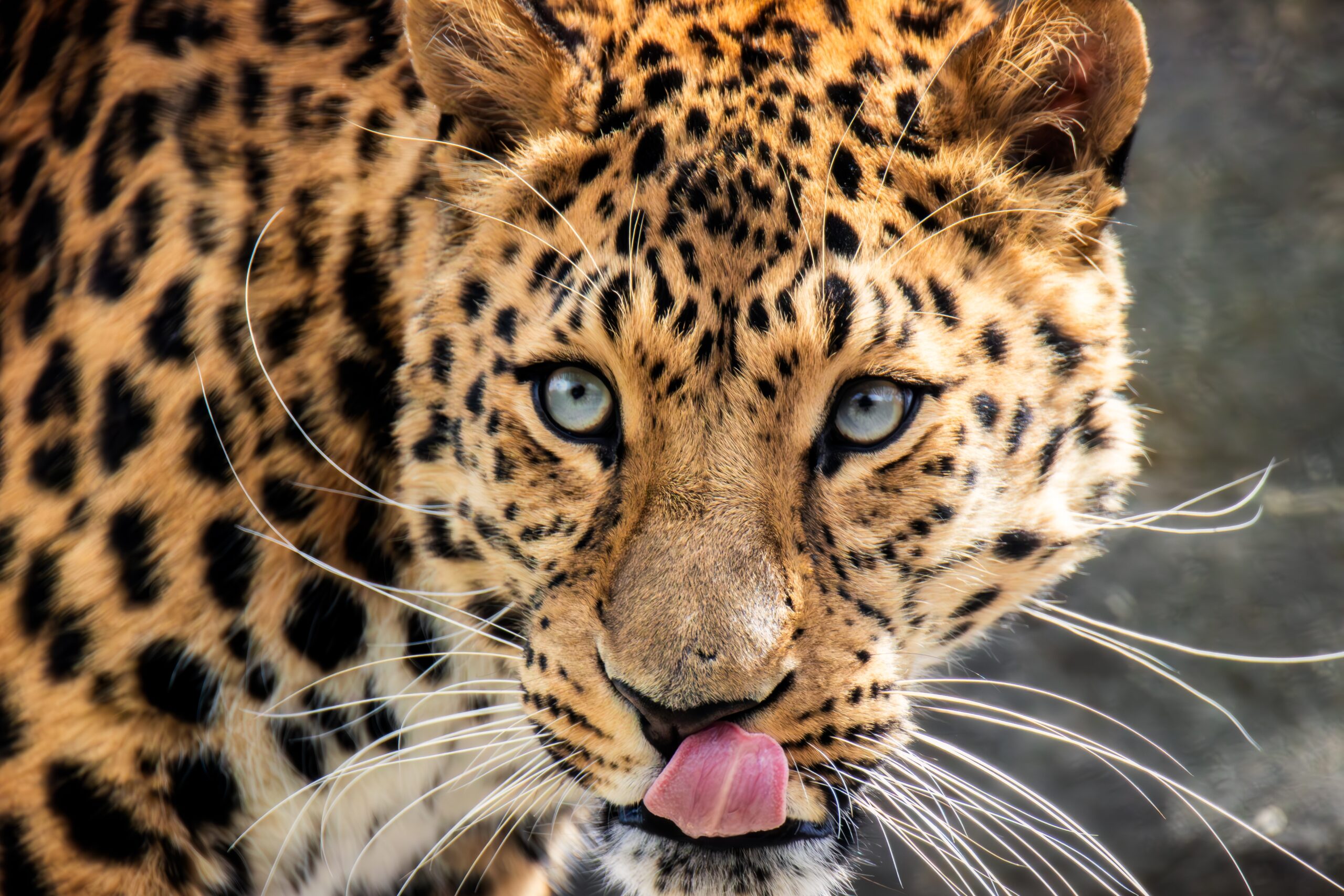
The Amur leopard is not just any big cat; it’s a critically endangered species with less than 200 individuals left in the wild. Residing in the temperate forests of eastern Russia and northeastern China, these leopards are not only known for their striking appearance but also for their incredible resilience.
This list explores astonishing facts about the Amur leopard, shedding light on what makes this elusive creature both fascinating and enigmatic.
1. Unmatched Camouflage Mastery
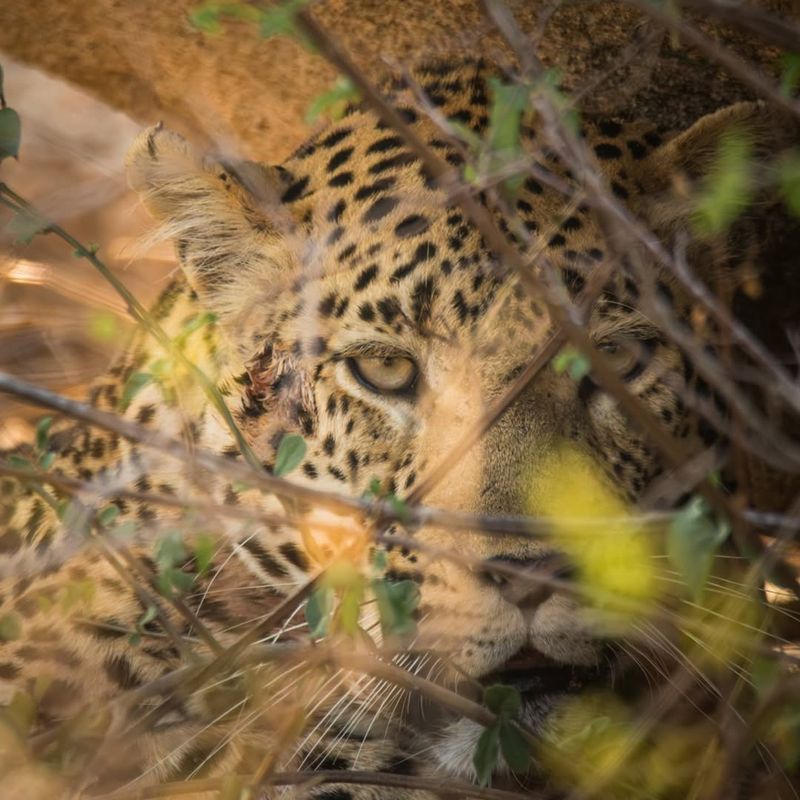
In the realm of camouflage, the Amur leopard reigns supreme. Its unique coat, adorned with irregularly shaped rosettes, is not just for show—it serves as its primary means of blending into the forested environments of Russia and China. This natural disguise allows the Amur leopard to stealthily approach its prey, minimizing the chances of detection.
These spots are more than just a fashion statement; they are critical for survival. Each leopard’s pattern is unique, serving as a form of identification. This individuality also plays a crucial role in aiding researchers in tracking and studying these elusive cats without needing physical contact.
The Amur leopard’s ability to vanish in plain sight is a testament to its evolutionary prowess. As the forests change with the seasons, so too does the effectiveness of its camouflage, making it adaptable to the ever-shifting landscape.
This remarkable adaptation not only highlights the leopard’s predatory skills but also underscores the importance of preserving its natural habitat.
2. A Rare Genetic Marvel
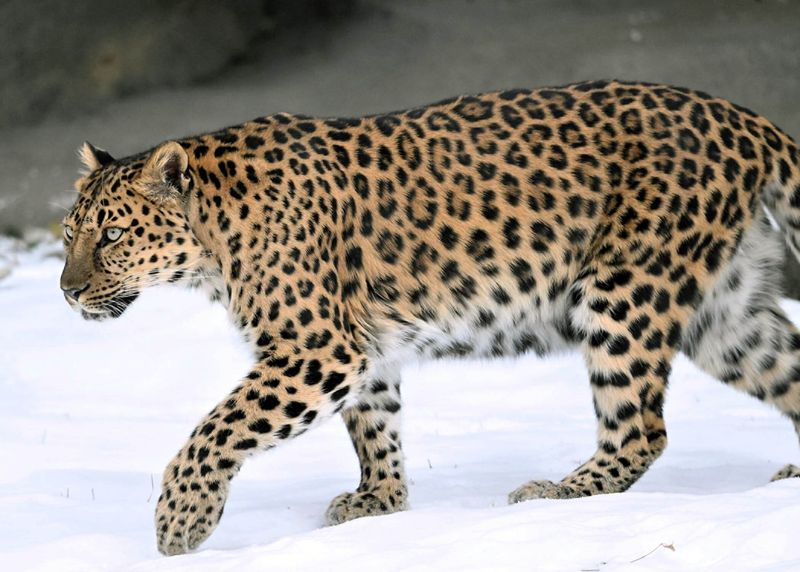
Genetically unique, the Amur leopard stands out among its feline peers. This big cat possesses a distinct gene pool that sets it apart, contributing to its striking blue eyes and thick, luxuriant fur. The cold climates of its habitat have shaped its evolution, resulting in adaptations that are as fascinating as they are essential for survival.
Such genetic distinctiveness is not just a point of pride but a focal point for conservationists. Maintaining this genetic diversity is imperative to the species’ survival, offering a buffer against disease and environmental changes. However, with its dwindling numbers, the gene pool is shrinking, posing a significant challenge for conservation efforts.
The Amur leopard’s genetic makeup is a living testament to nature’s adaptability and resilience. It serves as a reminder of what is at stake if these majestic creatures vanish. Protecting their genetic integrity is not just about saving a species; it’s about preserving a piece of nature’s intricate puzzle.
3. Top Speedster
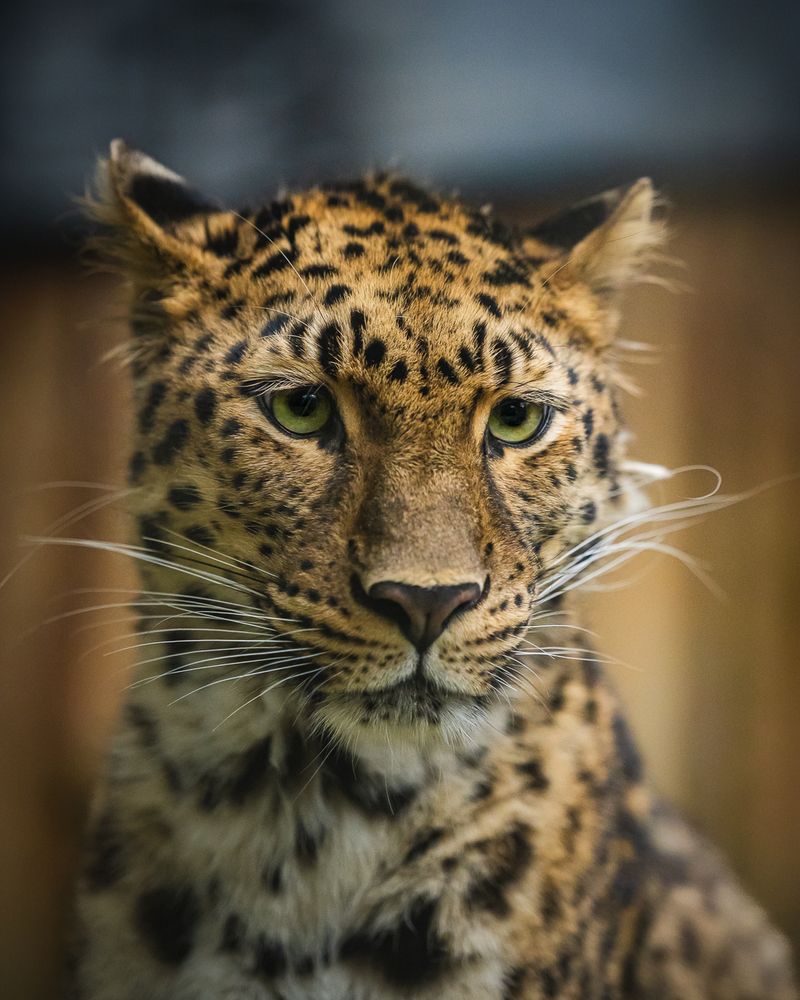
When it comes to speed, the Amur leopard is a forest Ferrari. Capable of reaching speeds up to 37 miles per hour, this big cat can outpace most of its forest-dwelling prey. Its long legs and powerful muscles are fine-tuned for rapid bursts, allowing it to close in on its target with astonishing swiftness.
Speed isn’t just about running fast; it’s about timing and precision. The Amur leopard uses its speed strategically, often waiting for the perfect moment to unleash its incredible pace. This makes it a formidable hunter in its forest habitat, where dense vegetation can impede movement.
The agility of the Amur leopard is a marvel to behold. It’s not just the speed but the grace with which it moves that captures the imagination. Like a dancer in the wild, it navigates through the trees with a fluidity that is both awe-inspiring and vital for its survival.
Such physical prowess is yet another reason to ensure the protection of this magnificent creature.
4. Endurance In Harsh Winters
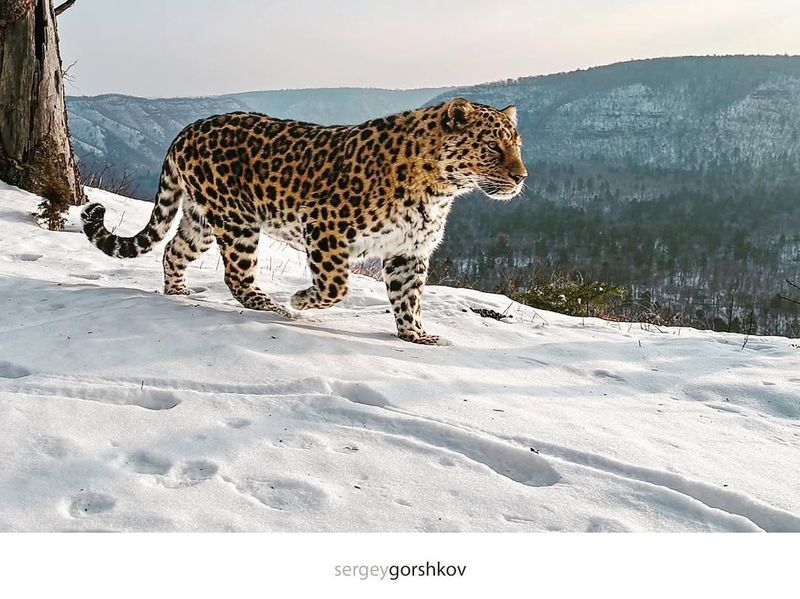
Winter in the Russian Far East is not for the faint-hearted, but the Amur leopard is well-prepared. Its thick fur coat is not only a fashion statement but a crucial adaptation for enduring temperatures that can plummet to minus 30 degrees Celsius. This luxurious coat, longer and denser than that of other leopard subspecies, is a testament to the harsh environment it calls home.
The Amur leopard’s ability to survive in such extreme conditions is nothing short of remarkable. It possesses a resilience that allows it to hunt and thrive even when the ground is blanketed in snow. This tenacity is mirrored in its prey, which often includes deer species adapted to similar environments.
Adaptation to cold climates is more than just a survival mechanism for the Amur leopard; it’s a way of life. This big cat exemplifies nature’s capacity to equip its creatures with the necessary tools to endure and flourish, even in the most inhospitable conditions.
Its fortitude is a powerful reminder of the interconnectedness of life and the ecosystems that support it.
5. The Solitary Wanderer
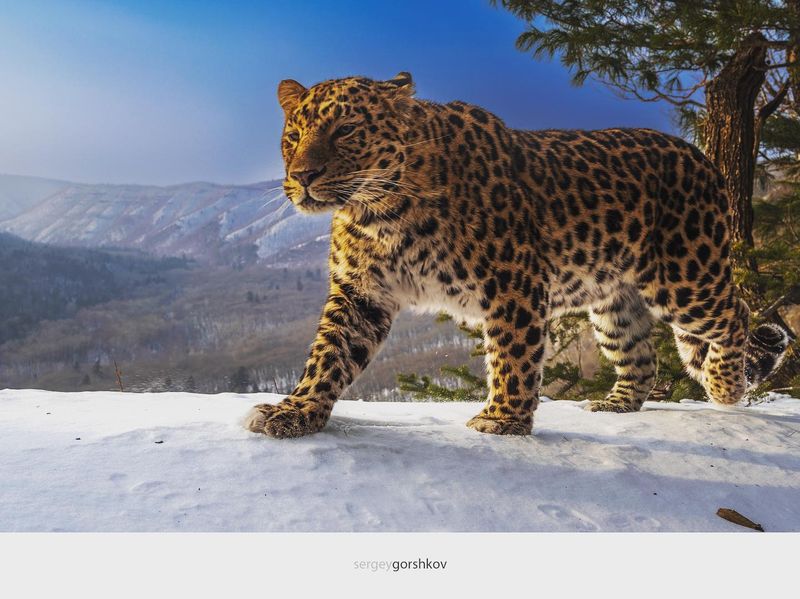
Solitude is the Amur leopard’s chosen lifestyle. Unlike many other big cats, it prefers the company of its own thoughts, wandering the forest alone. This solitary nature is not just a personality trait; it’s a survival strategy. By living alone, the Amur leopard reduces competition for food and resources, which are sparse in its harsh habitat.
Loneliness can be a strength. For the Amur leopard, it means less risk of conflict and injury, allowing it to live longer and healthier. This independent streak extends to its hunting methods. As a solitary hunter, it relies entirely on its own skills and wit to track and capture prey.
In the world of the Amur leopard, being a lone ranger is a badge of honor. It’s a testament to the animal’s adaptability and strength.
This solitary existence underscores the importance of preserving large, undisturbed habitats where these majestic creatures can roam freely, away from the encroachment of human activities.
6. A Symbol Of Conservation Success
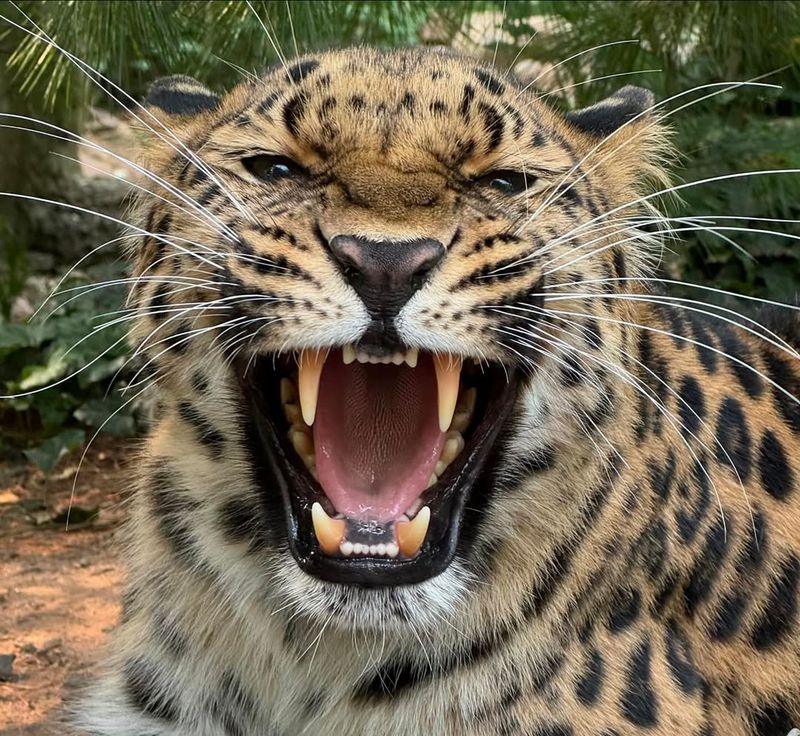
Against all odds, the Amur leopard is a beacon of hope in the world of conservation. Once on the brink of extinction, with numbers plummeting to as low as 30 individuals, concerted efforts by international organizations and local governments have sparked a gradual recovery. Today, with fewer than 200 in the wild, the journey is far from over, but progress is palpable.
Conservation initiatives have been multifaceted, involving habitat protection, anti-poaching measures, and community engagement. The establishment of protected areas like the Land of the Leopard National Park has been pivotal in providing a safe haven for these big cats. Such efforts demonstrate the power of collaboration in wildlife conservation.
The story of the Amur leopard is not just about saving a species; it’s about restoring balance to an entire ecosystem.
It serves as a reminder that with dedication and global cooperation, even the most endangered species can rebound. Protecting the Amur leopard is a victory not just for conservationists but for nature itself.
7. Dietary Preferences
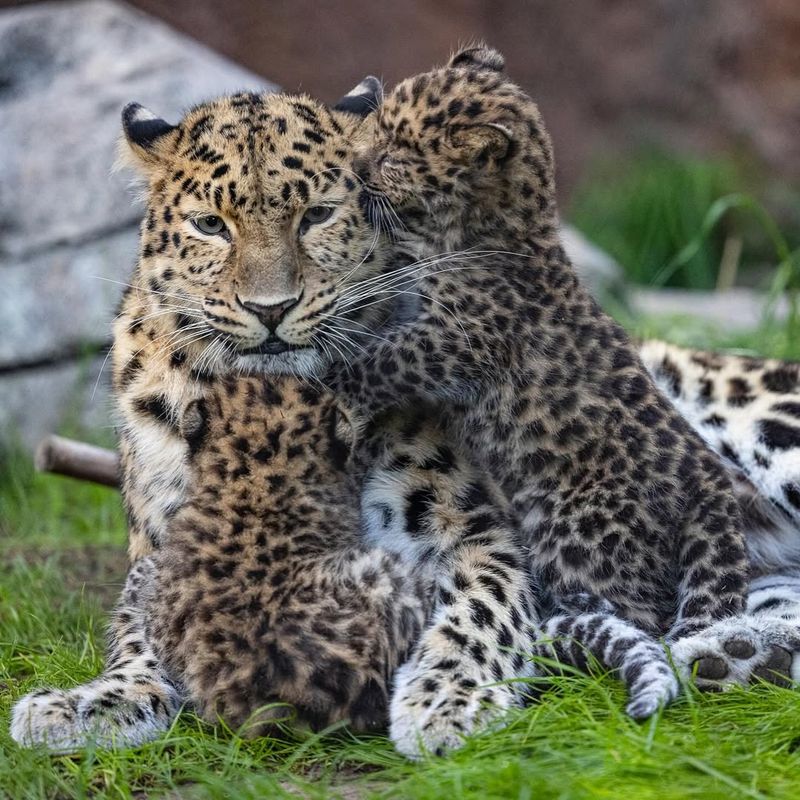
When it comes to culinary preferences, the Amur leopard is quite the connoisseur. Its diet mainly consists of roe deer, sika deer, and hares, but it’s not above sampling the occasional badger or young wild boar. This varied menu reflects the leopard’s adaptability and skill as a hunter.
The Amur leopard’s hunting prowess is matched by its strategic approach to meals. Preferring to hunt under the cover of night, it relies on stealth and patience, often stalking its prey for hours before making a move. Once a kill is made, the leopard will drag its prize into a tree to protect it from scavengers.
Such dietary habits highlight the leopard’s role as a top predator in its ecosystem. Its presence helps maintain the balance between prey populations and the health of the environment.
The Amur leopard’s discerning palate and hunting tactics are essential to its survival, showcasing the intricate relationships within the wild.
8. A Silent Communicator
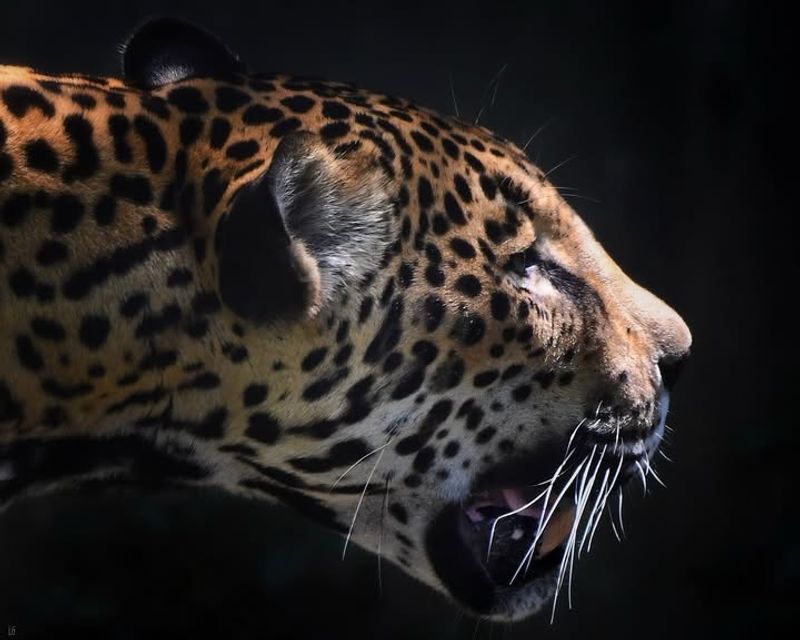
Communication for the Amur leopard is more about body language than vocalizations. These big cats are known for their soft, almost inaudible calls, making them the whisperers of the feline world. Instead of roaring, they communicate through a series of subtle gestures and movements.
This silent communication extends to marking territory with scents and claw marks. By leaving behind these olfactory messages, the Amur leopard can convey a wealth of information without uttering a sound. These marks are not just territorial claims but also signals to potential mates.
The quiet nature of the Amur leopard is a strategic adaptation to its environment. Silence is golden in the dense forests where sound can attract unwanted attention from rivals or prey.
This form of communication showcases the leopard’s ability to navigate its world with grace and discretion, proving that sometimes, actions speak louder than words.
9. A Tiny Population With A Big Impact
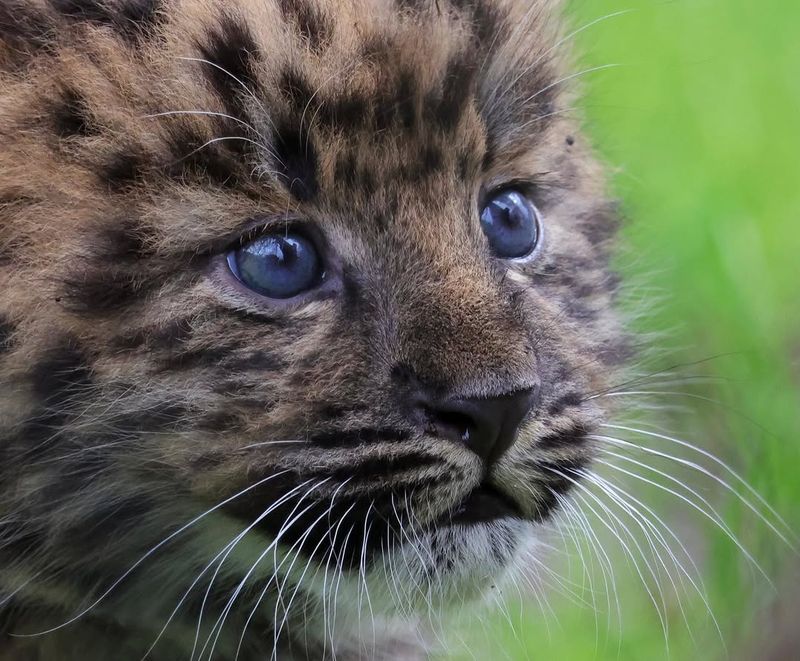
Despite its small population, the Amur leopard plays a huge role in its ecosystem. As a top predator, it helps control the populations of its prey, thus maintaining the balance within its habitat. This ecological role is crucial, as it ensures the health of the forest environment where it resides.
The presence of the Amur leopard also indicates the overall health of its ecosystem. A thriving leopard population signifies a robust environment, abundant in prey and low in human disturbances. This is why conservationists argue that protecting the Amur leopard also means safeguarding an entire habitat.
The impact of the Amur leopard extends beyond its immediate environment. Its plight has drawn global attention to the importance of biodiversity and the need for concerted conservation efforts. By saving the Amur leopard, we are also preserving a living symbol of nature’s interconnectedness and resilience.
10. Leaping Legends Of The Wild
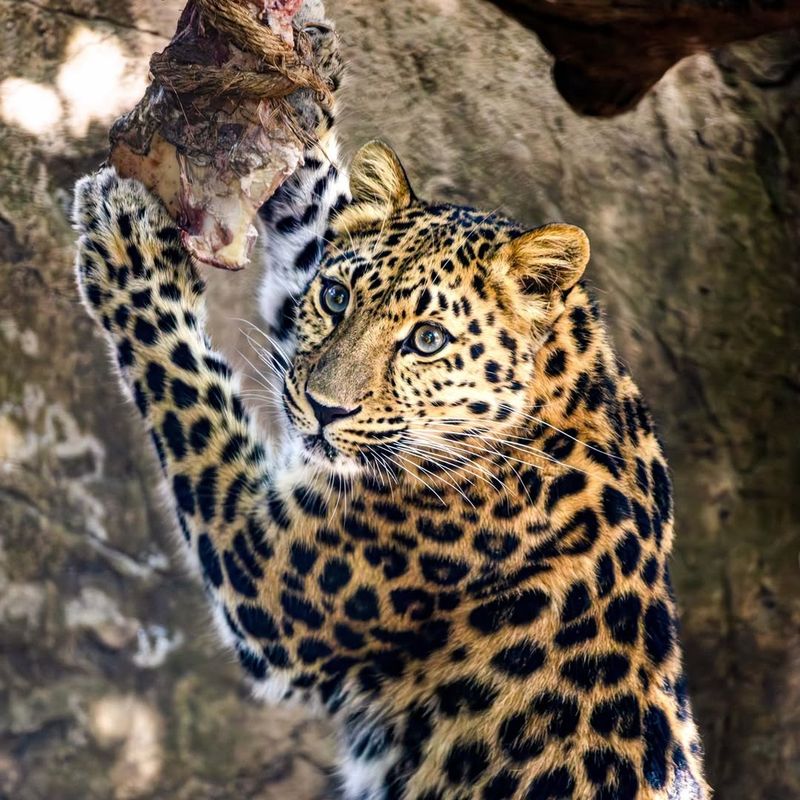
When it comes to leaping prowess, the Amur leopard is the acrobat of the animal kingdom. Capable of jumping up to 10 feet vertically and 20 feet horizontally, this big cat turns the forest into its personal jungle gym. Such agility is not just for show but is essential for navigating its rugged terrain.
These leaps are vital for catching prey and evading threats. The Amur leopard’s powerful hind legs provide the thrust needed to make these impressive jumps, while its long tail aids in balance and steering. This combination of agility and strength is a hallmark of its predatory skills.
Leaping through life, the Amur leopard demonstrates the perfect blend of power and finesse. Its ability to traverse difficult landscapes with ease underscores the need for preserving the diverse terrains it inhabits. Protecting these landscapes ensures that future generations can witness the awe-inspiring leaps of this magnificent creature.
11. The Art Of Adaptability
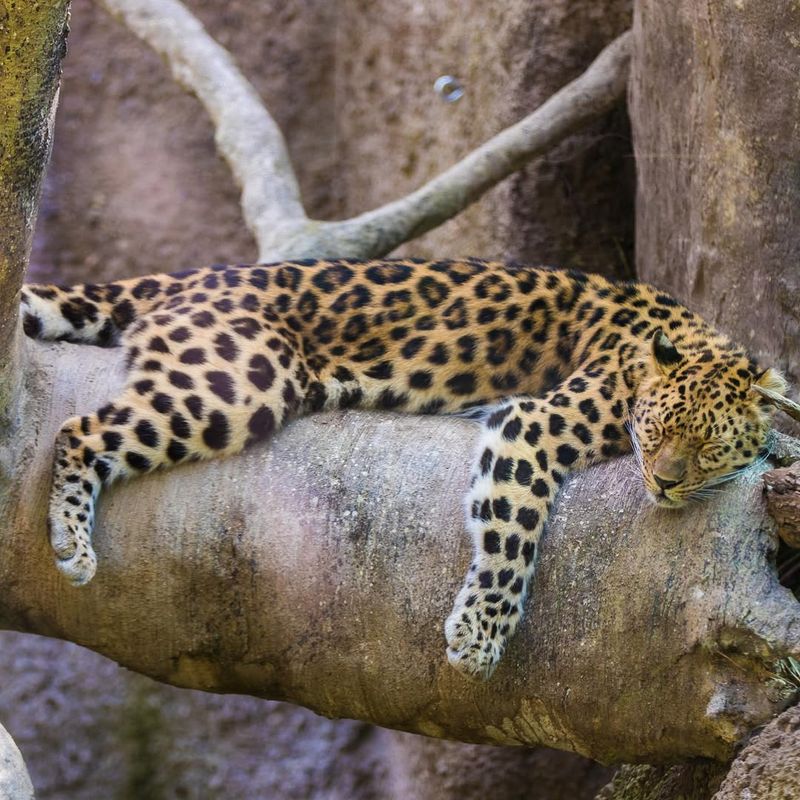
Adaptability is the Amur leopard’s middle name. Living in a habitat that undergoes drastic seasonal changes, this big cat has mastered the art of survival against the odds. From the biting cold of winter to the lush greenery of summer, the Amur leopard is equipped to handle it all.
This adaptability extends to its hunting techniques and dietary preferences. It can switch prey depending on availability, showcasing a remarkable flexibility in its feeding habits. Such adaptability is crucial for its survival in an environment where food sources can be unpredictable.
The Amur leopard’s resilience is a powerful narrative of nature’s ability to overcome challenges. It embodies the spirit of survival and the capacity to thrive amidst adversity. Protecting this adaptable species is not just about preserving a predator; it’s about safeguarding a symbol of resilience and hope.
12. A Future Hanging By A Thread
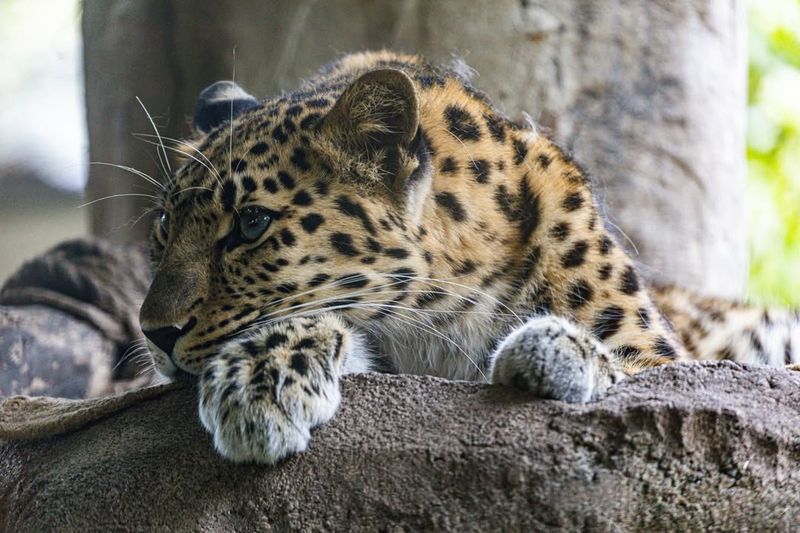
The future of the Amur leopard is as precarious as a tightrope walk. With less than 200 individuals left in the wild, every leopard counts. Poaching, habitat loss, and human encroachment continue to threaten its existence, making conservation efforts more critical than ever.
These challenges are daunting, but hope is not lost. International collaboration and local conservation initiatives are striving to change the leopard’s fate. From anti-poaching patrols to reforestation projects, efforts are being made to restore its habitat and increase its population.
The Amur leopard symbolizes both the fragility and resilience of life. Its plight reminds us of the urgent need to protect our planet’s biodiversity.
By securing a future for the Amur leopard, we are not just saving a species; we are preserving a part of our world’s natural heritage. The time to act is now, before this magnificent creature fades into the annals of extinction.



